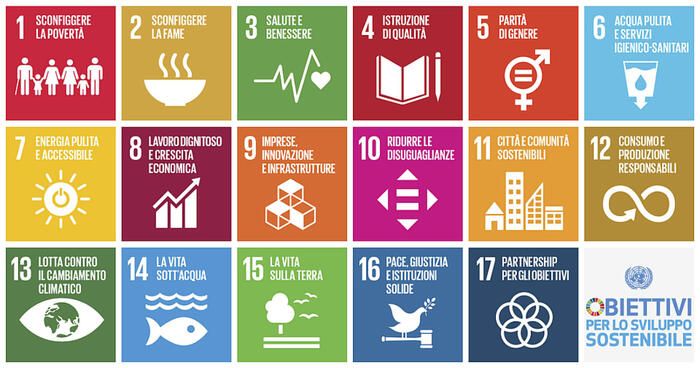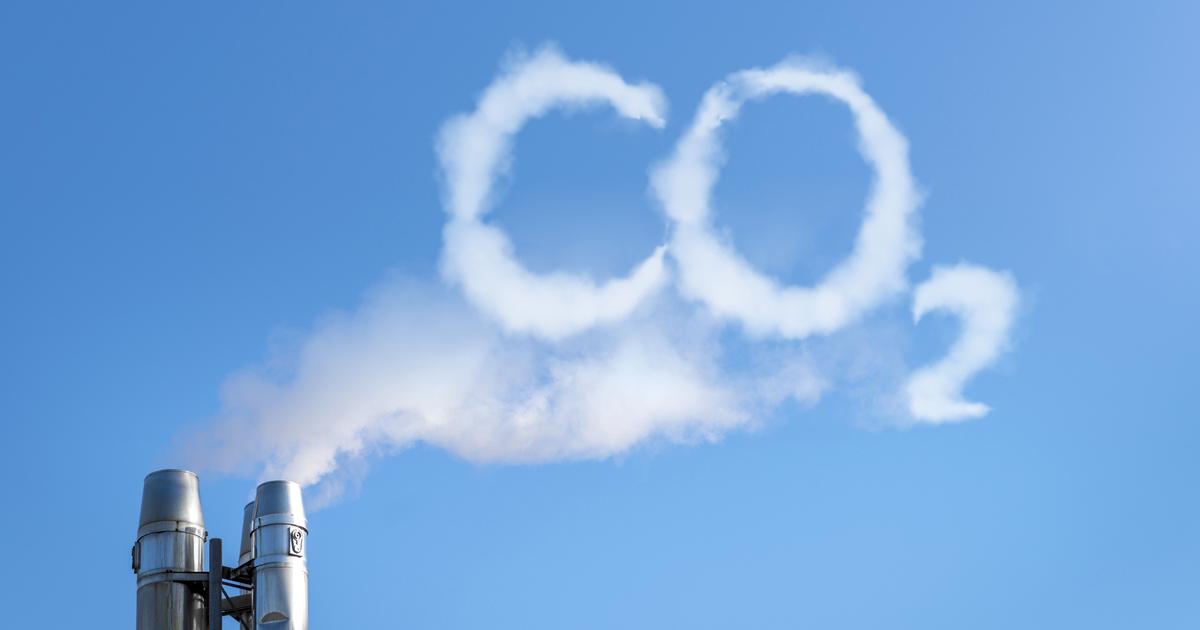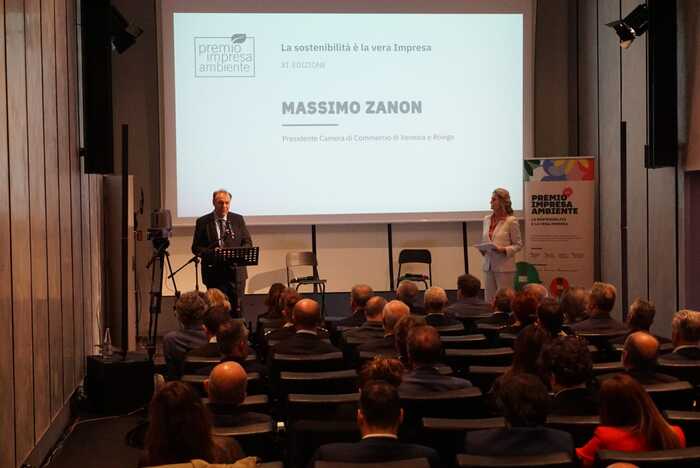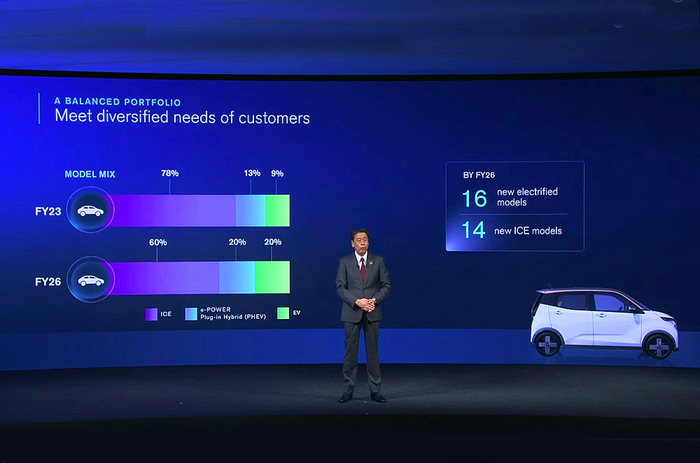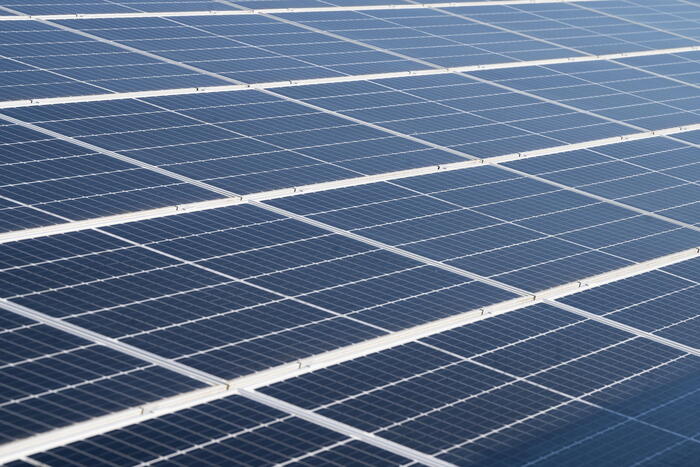(ANSA) - ROME, OCTOBER 8 - The greater diffusion of electric cars, and with them the growth in the production of lithium-ion bacteria, could lead to a worsening of CO2 emissions in the medium term, thus obtaining a result opposite to the objectives for which it is being implemented the energy transition. Research disseminated by Roskill - the colossus of the analysis and evaluation of the mineral market - in fact shows that the increase in demand for lithium could triple - with the various phases of extraction, production, transport and manufacturing - by 2025 CO2 emissions and even make them grow by a factor of six by 2030. As stated in the latest Roskill SustainabilityMonitor, and in the subsequent White Paper, at the origin of this problem there are aspects related to the extraction and processing of the mineral. In fact, there is a clear contrast in the intensity of (equivalent) CO2 emissions between the extraction operations from highly concentrated brine water (brine or 'brine') and those from mining with pyroxene rocks of lithium and aluminum. On average, lithium from rock sources results in an average of 9 tons of CO2 for every ton of refined lithium carbonate (LCE) produced, almost triple per ton of LCE obtained from 'brine'. This figure, the Roskill report reads, is not surprising given the more energy-intensive nature of mining along with what is produced for (CO2-intensive) shipping from the mining site in China to refining plants. The worrying prospect of reaching 13.5 million tons of CO2 emitted for the production of the basic element of the batteries alone could be removed with the progressive abandonment of the extraction of the mineral, favoring the exploitation of the deposits of 'brine'. As described by the United States Geological Survey (USGS), underground lithium-containing brackish water deposits are abundant in nature - mainly in Chile, Argentina and Nevada in the United States - and the extraction process is relatively simple. The 'brine' is pumped to the surface to be evaporated in a succession of ponds, to reach a purity suitable for processing in a chemical plant from which the final product, lithium carbonate, comes. Lithium can also be extracted from lithium clays (hectorite) and petroleum brines (petrolithium). In particular, the latter is a new approach that exploits the concentration of lithium and other elements from the wastewater (brine) that accompany the production of oil and gas. According to Lacanese MGX Minerals Inc, this new technology could dramatically improve and alter the energy landscape over the next few decades. (HANDLE)
Lithium production, CO2 growth of 6 times possible in 2030
2020-10-09T08:18:14.971Z
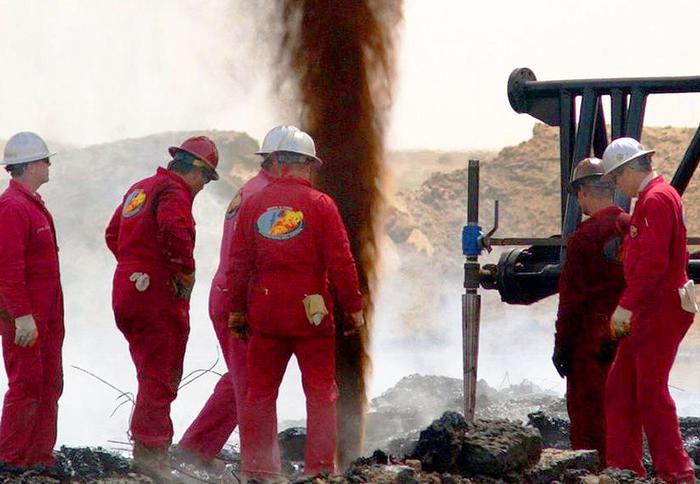
(HANDLE)(ANSA) - ROME, OCTOBER 8 - The greater diffusion of electric cars, and with them the growth in the production of lithium-ion bacteria, could lead to a worsening of CO2 emissions in the medium term, thus obtaining a result opposite to the objectives for which it is being implemented the energy transition. Research disseminated by Roskill - the colossus of the analysis and evaluation of the mineral

